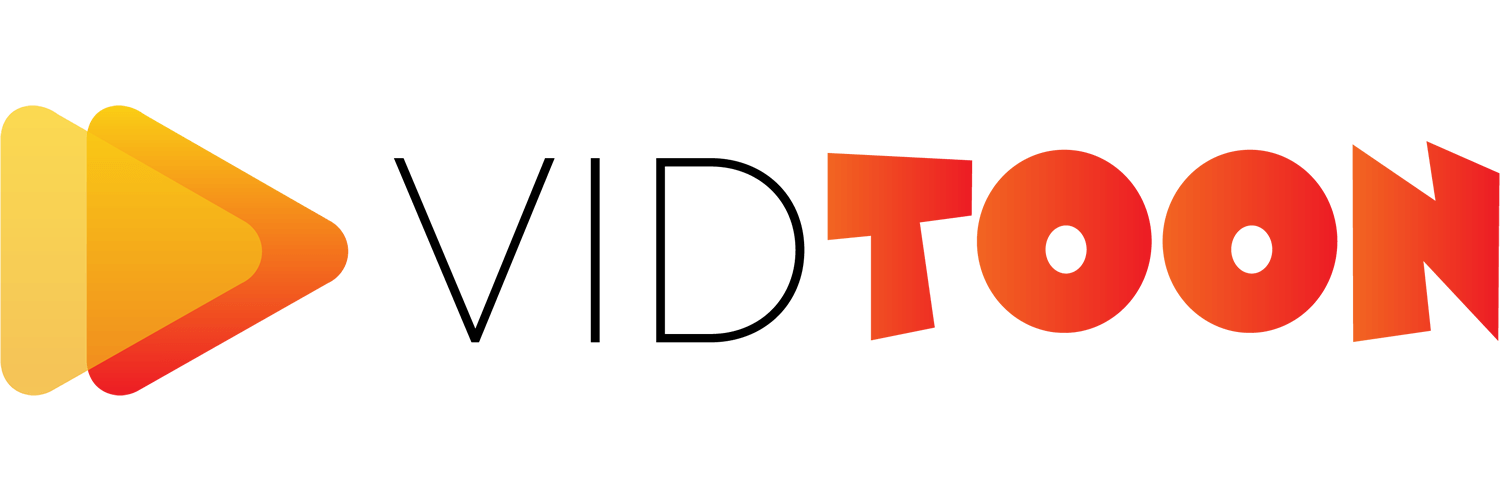

In this day and age, the use of basic and straightforward transcription techniques can have an unfavorable impact on the productivity level in the tech domain. Creative transcription methods can allow its users to shift their interest in favor of other supporting aspects to have a better quality transcription material.
The world is witnessing the growth of a transformative set of technologies, generally known as Artificial Intelligence. This technology is perceived as a rising invention with no proper transformational results. However, AI technology has the potential to be a driving force for production.
So how can we implement this technology to transcription techniques? Is it possible to have better results than what human beings can produce?
Let us first take a look at past used techniques to better understand the need for automated creative transcription methods.
This was probably one of the first forms of audio-to-text ever. Transcription was done through dictation before the invention of audio or video software. For example, a person would speak about a certain matter; a lecture or a conversation. The person in charge of transcription would write down the spoken material into phrases at the exact same moment.
This was an unproductive and burdensome technique since the transcriber needs to be present at the time of the lecture. It’s even more difficult as they need to write down the material as fast as they can in order to keep up with the lecturer. This technique can result in producing a material full of errors and prone to deficiency.
Fast forward to the time when audio and video software were developed, transcribers can control the playback of audio files or video materials. They can control the process speed and content as well.
Manual transcription is versatile and efficient. This technique helps to rearrange the contexts of information gathered from lectures, videos, audio, and other mediums. This type usually takes a good chunk of time to properly hear and jot down all important information.
Moreover, It allows some room for modification and amendments. The transcriber can modify the material in terms of style, word choice, and backup material ( scientific data, statistics…). However, it can be laborious and demanding work as it can take 10 times or more for the average transcriber to convert an audio or video file to text manually.
Automated Transcription is fairly easy for machines. There has been real progress in terms of material quality and accuracy.
Machines were able to improve at it, and this chart by Kleiner Perkins perfectly demonstrates it.
Today, the number of applications designed to transcribe audio/video in no time is growing. These services can recognize words and produce them in a written form.
There have been few observations on the fact that the quality of transcription by software varies a lot from the one performed manually. Therefore, we need to understand the pros and cons of each one.
In case you’re wondering which one to go for, for your next transcription project, we have listed below quality points as well as a few drawbacks.
For Manual transcription, the quality of text material of audio /video files is almost flawless. It has a 95% accuracy rate. There’s also a factor of working with a proper specialist with years of experience and therefore expecting higher-level materials.
However, audio to text process; listening, pausing, and typing, is very troublesome and consumes a generous amount of time. You also need to consider the cost to hire a professional transcriber. It can vary depending on the audio/video length and time allocated to complete the transcription.
As for automated transcription, artificial Intelligence can reproduce activities at a much greater scale and speed. It can even complete some assignments that are beyond human abilities in a short span of time.
Moreover, in case you have privacy concerns over who reviews your material, automated services allow minimum people to access your material. There might be a few softwares out there that transfers data to a third server. However, other services, like Streamr, pay attention to customers' privacy and ensure that only the user gets to have access.
However, we are still dealing with a machine-based service, meaning the quality and accuracy of the material always requires alteration. Some factors can hinder the smooth process such as background noises and rapid speech in audio files.
Regardless of which technique you prefer to work with, we can’t deny that Automated transcription has saved people money, time, and energy. It has also succeeded in maintaining somewhat the same results.
Different fields have started adapting automated transcription to their business. Students can now transcribe their recorded lectures and legal teams can use them for court hearings. Financial institutions can also transcribe board meetings. Moreover, business leaders can transcribe their meetings for easy access to both present and absent employees and so much more!